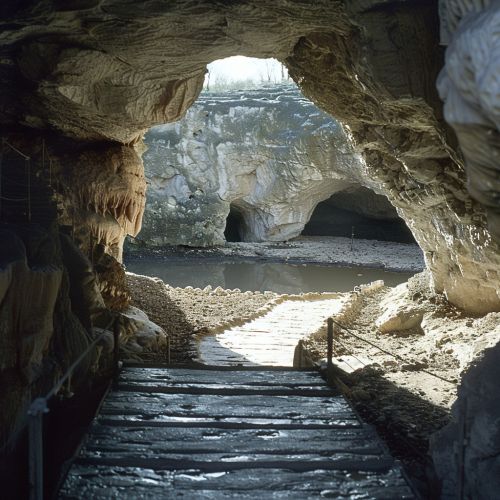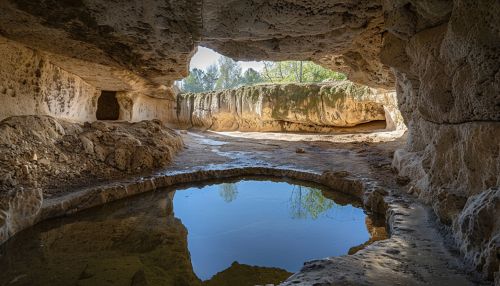Cave Paintings of Lascaux
Introduction
The Lascaux Cave Paintings are a complex of caves in southwestern France that are famous for their Paleolithic cave paintings. The original caves, located near the village of Montignac, are estimated to be over 17,000 years old. They contain some of the best-known Upper Paleolithic art, which are primarily images of large animals, most of which are known from fossil evidence to have lived in the area at the time.


Discovery
The Lascaux caves were discovered in 1940 by four teenagers, Marcel Ravidat, Jacques Marsal, Georges Agnel, and Simon Coencas, along with their dog, Robot. The dog fell into a hole, which was then explored by the boys, leading to the discovery of the cave paintings. The caves were opened to the public in 1948 but were closed in 1963 due to the damage caused by the carbon dioxide produced by the visitors.
Description of the Paintings
The paintings at Lascaux are primarily of large animals, typical local and contemporary fauna that correspond with the fossil record of the Upper Paleolithic in the Dordogne. The drawings are the combined effort of many generations and, with continued debate, the age of the paintings is estimated at around 17,000 years. The most famous section of the cave is The Hall of the Bulls where bulls, equines, and stags are depicted. The four black bulls, or aurochs, are the dominant figures among the 36 animals represented here.


Techniques Used
The artists who created the paintings in the Lascaux caves used techniques including drawing, engraving, and painting. Artists used mineral pigments, including iron oxides (ochre), hematite, and goethite to produce colors ranging from yellow to brown to red. Charcoal was used for black. The artists used brushes made from animal hair or plant fibers, and also used their fingers to apply the paint.
Significance and Interpretation
The Lascaux cave paintings are of great importance in the study of prehistoric art. The discovery of the monumental Lascaux cave art, created in the Paleolithic era, was of considerable significance in the 20th century. The cave paintings are among the finest examples of art from the Upper Paleolithic period. The images found at Lascaux have contributed significantly to the field of prehistoric art, with the depth and detail of the work revealing much about the Paleolithic way of life.
Preservation and Challenges
The preservation of the Lascaux caves has been a major challenge. The caves were closed to the public in 1963 due to the damage caused by the carbon dioxide produced by the visitors. In addition, the caves have been affected by a series of fungal and bacterial infections since 2001. Efforts to control the infections have resulted in the use of various methods, including the application of fungicides and the installation of an air conditioning system to regulate temperature and humidity.
Lascaux II, III, IV
In response to the challenges of preserving the original caves, a replica cave, known as Lascaux II, was opened in 1983. It is located 200 meters from the original cave and replicates most of the artwork. Lascaux III is a traveling exhibit that allows people around the world to experience the paintings, while Lascaux IV, a complete replica of the Lascaux cave, was opened in December 2016.


